All my best tips and ideas for using essential oils as a natural remedy for yeast infections. Includes some info about why they work so well and also which oils are best for different infections like athletes foot, thrush or genital yeast infections.
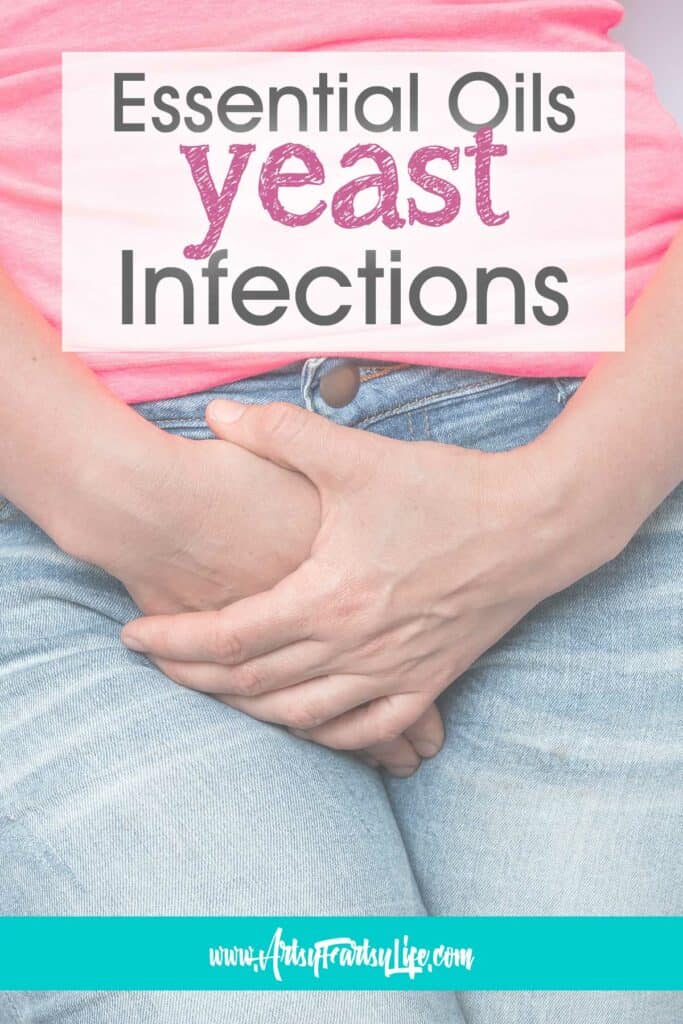
Please note: This article contains affiliate links, and that means that I may earn a commission if you buy something. Read my full disclosure here.
If you’ve had one, you know there’s nothing more annoying than a yeast infection… no matter where you’re infected!
Sure there are effective OTC remedies, but they are usually expensive and contain chemicals that you wouldn’t really want to use with any regularity. So the answer should be… essential oils!
There are numerous types of fungal infections, some serious, some not so much.
While there are millions of species of fungi, only about 300 can make people sick. The most common, and most annoying, is candida. It’s naturally in our bodies, but when the balance of candida and bacteria called lactobacillus acidophilus in our bodies are thrown off, a yeast infection can occur.
This can happen due to many different factors, including:
Taking antibiotics, shifts in estrogen levels (due to monthly cycle, birth control, pregnancy or menopause), chronic conditions that weaken your immune system (diabetes, Crohns disease, IBS, HIV to name a few)
Symptoms depend on where the infection occurs, but include burning or itching at the infection. If the infection is in the genital area (yes guys, you can get them too!) an infection can cause pain when urinating or during sex, and a thick white discharge.
If the infection is in the mouth or throat it’s called thrush and the symptoms are dry mouth, soreness and white patches.
Ok, so essential oils to help. If you’re thinking antibacterial, antiviral, or anti-fungal you’re on the right track!
Once absorbed into the body, essential oils can penetrate cells in 20-30 minutes, even damaged cells.
Another reason to use essential oils is that fungi, like bacteria or viruses, can become immune to pharmacological interventions. Not so much with essential oils. Plus anti-fungal means lots of different fungi, so a treatment for candida may also work for athlete’s foot, etc.
Since essential oils are very concentrated, most will need to be diluted in a carrier oil before use. That’s not a bad thing, since carrier oils can also have great benefits too. Some can be consumed in food, others are just used topically.
Be sure to know which are which!
Keep your oils out of reach of children and check with your doctor prior to use if you are pregnant or nursing. Also, be aware of possible interactions with drugs you may be taking. Ask your doctor or pharmacist if you’re not sure.
Now, onto the oils!
1. Tea Tree Oil
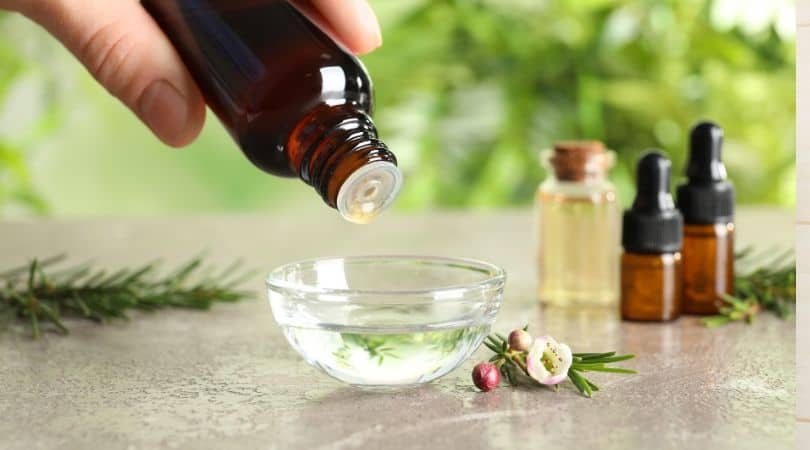
Tea tree is the superhero of infection fighting essential oils. It’s anti-bacterial, anti-viral, anti-microbial and anti-fungal. It is often used specifically to combat Candida. It isn’t to be used internally, so if you’re treating thrush, you may want to use a different oil.
Additional resource :: How to treat cold sores naturally!
2. Lemongrass Oil
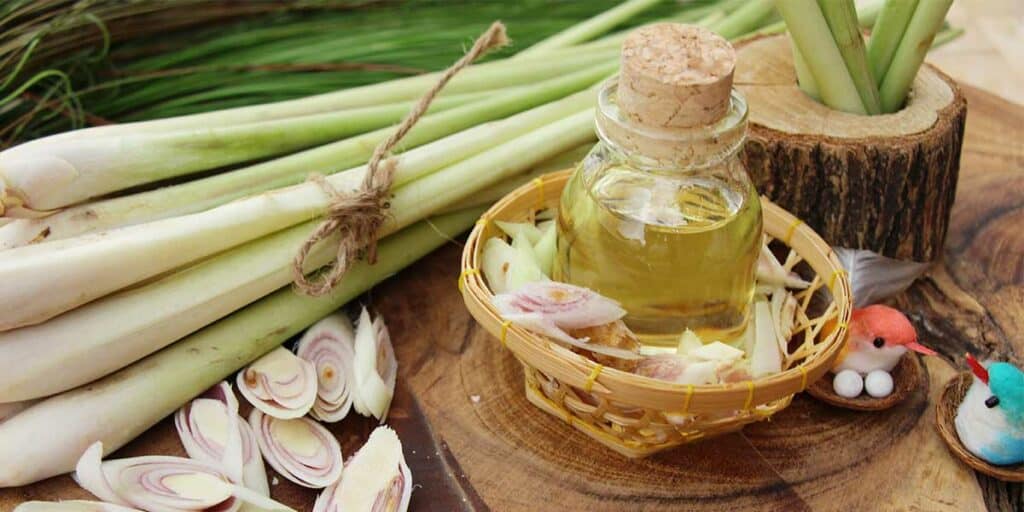
Lemongrass is antibacterial, anti-fungal and anti-inflammatory and is one of the best to treat yeast infections. Since it’s also an herb that is used in cooking, it’s safe to use for thrush.
3. Clove Oil
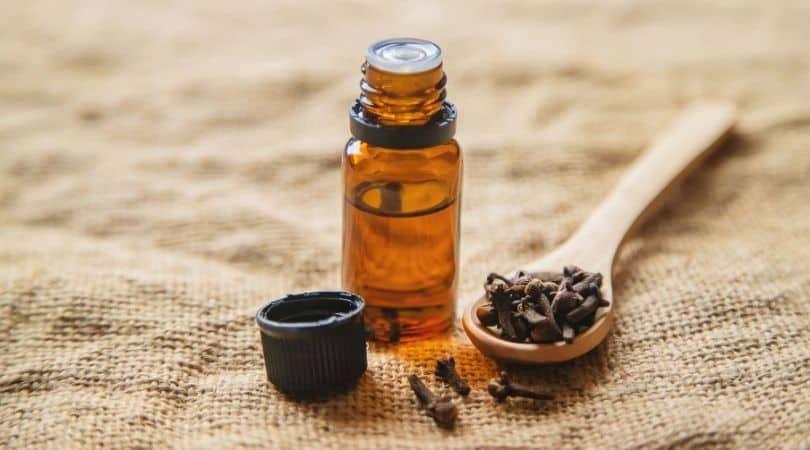
Clove is particularly effective against fungal infections. Studies have been done with clove and lemongrass and have shown that together they can dismantle the biofilm that Candida produces, making it particularly useful for recurring infections. Clove is a hot oil, so it has to be diluted and while safe to use for thrush, it’s not to be taken internally.
4. Thyme Oil

Thyme is another essential oil which is particularly effective against yeast infections. It contains compounds that inhibit the growth of Candida albicans.
5. Oregano Oil
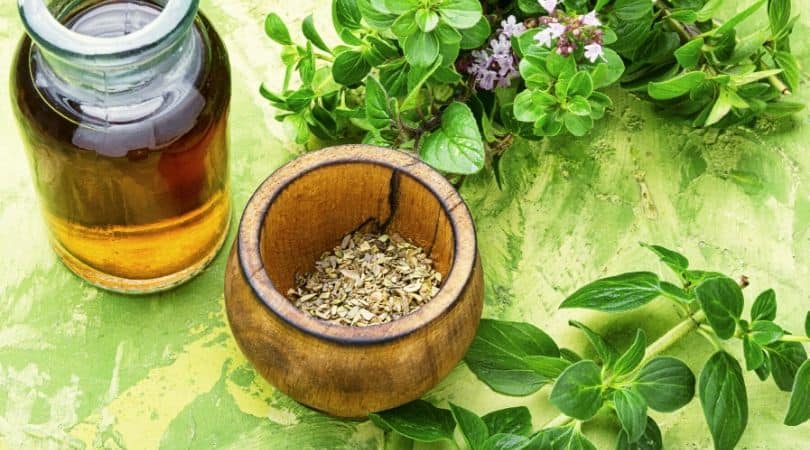
Oregano oil is a very effective essential oil against Candida-specific fungal growth.
6. Lavender Oil

Lavender is potent against a variety of fungal infections, especially since it’s been shown to kill fungal strains, not just block their growth.
7. Cinnamon Oil

Cinnamon essential oil, in addition to its great antimicrobial and antioxidant properties. So much so that it’s actually used as an alternative to fungicides on fungi-infested crops! It’s another hot oil, like clove oil, so dilute it.
8. Eucalyptus Oil

Eucalyptus oil is known for antifungal and antibacterial properties, and is used to reduce allergens, relieve respiratory symptoms, address pneumonia, and even aid in pain control.
Essential Oils For Yeast Infections FAQS
I had so many questions about yeast infections! Here are some things that I have found over the years...
Where can you get a yeast infection?
When many of us gals hear "yeast infection" we think about the ones we get in our vagina. But you (and your pets) can get yeast infections almost anywhere.
Our old dog gets yeast infections on her back and between her toes as an allergic reaction to grass. My dementia Mother In Law has gotten them in her boob crease due to not taking care of it before she lived with us.
When do you try essential oils?
I personally don't ingest essential oils, but I use them often to treat things like using tea tree oils, diluted in a carrier when my teeth bleed (on my toothbrush) or use peppermint oil right on a cold sore.
That said, I generally check with my doctor to make sure they won't interact with the depression medicine I take.
My doctor doesn't judge essential oils and is happy to talk with me. If your doctor says they are stupid, maybe find one with a more open mind!
Why don't I have an EXACT recipe for how to treat a yeast infection?
When I was just getting started with essential oils I always wanted an exact recipe for what to use.
Over time I have found that some things work well for me (tea tree, peppermint, orange) and some things don't. Lavender and peppermint work great for my daughter but she hates any of the "hot" oils like clove or cinnamon.
Honestly trial and error is the best way for you to figure out what will work for your yeast infection!




